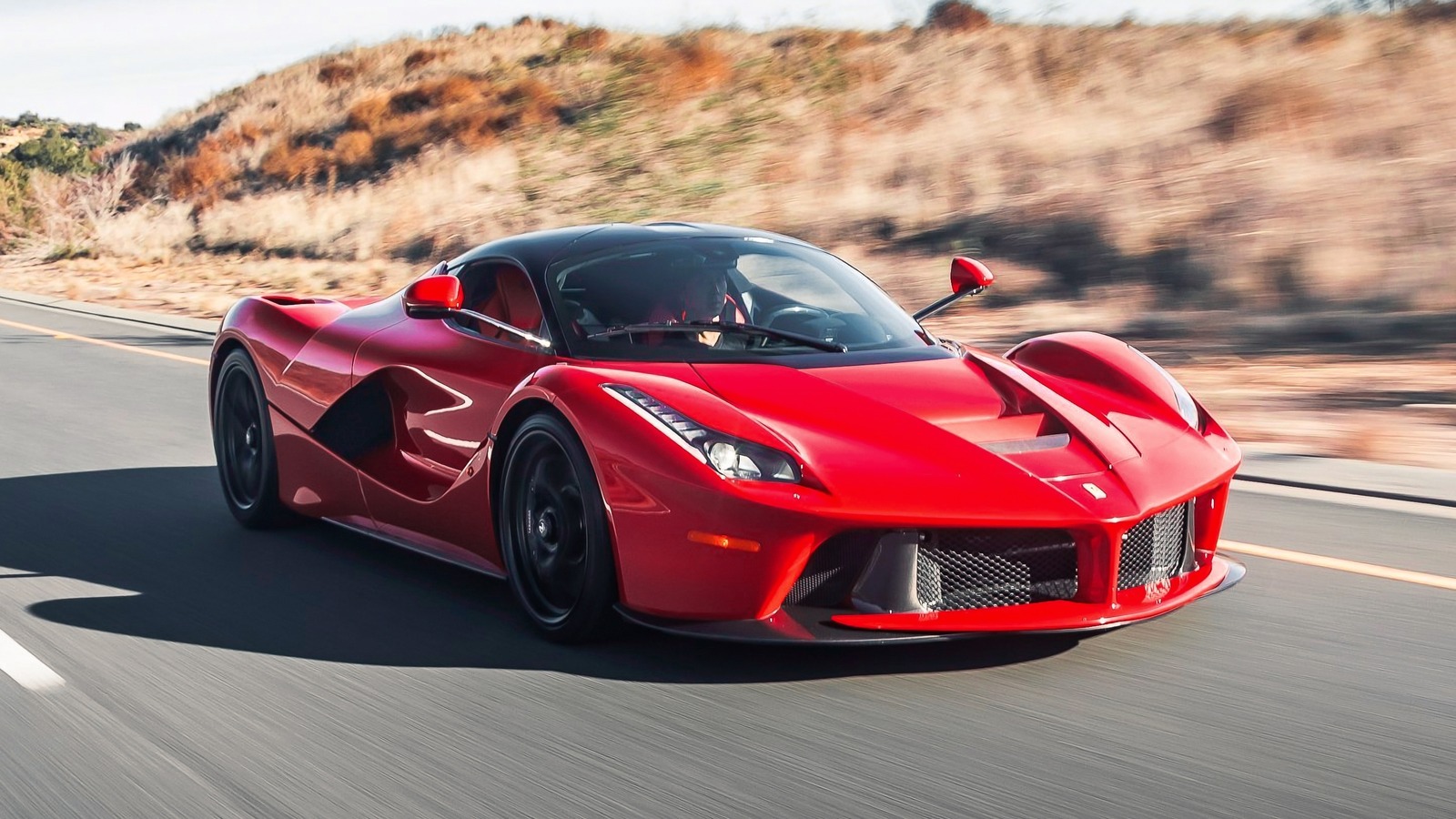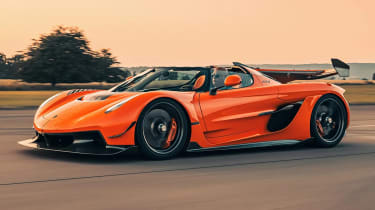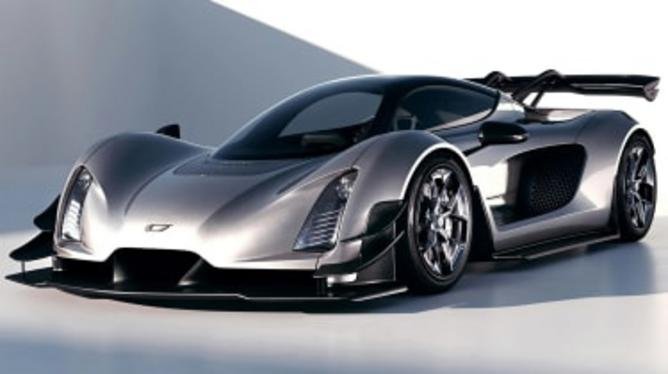Entering The Hypercar Cockpit
When the scissor door lifts, a hush falls—every panel, button, and carbon-fiber weave feels charged with purpose. The Aston Martin Valkyrie’s thunderous debut at the 2025 24 Hours of Le Mans blurred the line between road and race, and you can almost taste that same thrill the moment you settle into its cockpit [1]. The ambient glow from the digital dash feels borrowed from an F1 cockpit, alive with real-time telemetry and track data. Even standing still, the polished carbon fiber seems to vibrate, promising velocity.

Fans tuning in to the live unveiling at Le Mans could almost feel each gear shift in real time [3], while every switch and paddle hints at the exotic performance warhorses topping lists of the world’s best supercars [2]. There’s a moment when you trace your finger along the steering yoke—no round wheel here—wondering how a single turn could translate into lateral forces that pin you into the seat like a roller coaster on steroids.
I pressed the engine start button and the cabin shivers with promise—a low, rumbling heartbeat that crescendos faster than you can blink. Mat Watson’s grin in Sweden said it all when he tested what might be the world’s greatest hypercar [4]. That rush rivals the one you see in our hot lap with legends test, where every heartbeat feels synced to the roar of a 1,500-horsepower monster. It’s equal parts exhilarating and, frankly, a little terrifying—like strapping into a rocket without a countdown.
Oddly enough, though, despite the tech surrounds—radar, telemetry, variable dampers—it still feels human. You reach for the paddle shifter and your hand naturally finds its groove, a dance between man and machine. Each press, each release becomes second nature, and before you realize it, it’s not you driving the car so much as the car driving you into the future.
Zero to Sixty and Beyond: Acceleration and Top Speed
Hold tight as the hypercar hurls you forward like a cannonball, your pulse racing with every millisecond to sixty miles per hour. The sprint from 0–60 mph in modern hypercars hovers around a jaw-dropping 2.5 seconds, thanks to hybrid powertrains pushing past 1,000 horsepower and razor-sharp launch control systems [2]. In everyday terms, that’s like accelerating faster than a roller coaster drop—and you feel every ounce of torque as carbon-ceramic brakes cling fiercely when you tap the anchors.
| Hypercar | 0–60 mph | Top Speed |
|---|---|---|
| Aston Martin Valkyrie | 2.5 sec | 200+ mph |
| Arya FXE | 2.3 sec | 220 mph |
| Lotus Evija | 2.7 sec | 200 mph (est.) |
| Czinger 21C | 1.9 sec | 252 mph |

Top speeds aren’t just bragging rights: they’re engineering triumphs. The Aston Martin Valkyrie’s Le Mans debut showcased its ability to breach 200 mph on the Mulsanne straight, a feat born from F1-inspired aerodynamics and lightweight materials [1]. Stateside, the Arya FXE pairs a supercharged V8 with electric drive to hit 220 mph flat-out, all while weighing under 1,600 kg [5], reminding us that speed is as much about power management as raw thrust.
When 200 mph finally washes over you, the roar in your ears mirrors Mat Watson’s exclamation—“this might just be the greatest hypercar in the world!” [3]. If you want to feel how EV instant torque compares, our deep dive on 2025 Tesla Model Y supercharging speeds shows just how blistering electric acceleration can be, even for an SUV.
Sharp Turns And Precision Maneuvers
Every hairpin feels like a dance between apex and adrenaline, demanding razor-sharp focus in a world of G-forces. Bristling with F1-style wings that press the car into the road, the hypercar generates over 500 kg of downforce at high speed, keeping tires glued even when you’re bombing through corners [1]. Carbon-ceramic brakes grab instantly, shedding speed in the blink of an eye, while smart suspension adjusts in real time to keep the car flat and eager around every bend.

Behind the wheel, traction control and torque vectoring team up to spread power where it’s needed, letting drivers control slides with a gentle throttle tweak, as Mat Watson discovered in Sweden when he said, “Every apex feels alive under your hands” [4]. The car almost breathes with you, each tiny correction sharpening reflexes and turning the chassis into an extension of will.
Independent tests show these hypercars pull over 1.6 G of lateral force on track, a sign of engineering tuned for precision, not just speed [2]. For a closer look at how pros dial in suspension and brakes for record laps, check out our POV test drive performance insights. It’s one thing to watch numbers on a scoreboard, and quite another to feel the G-meter spike as you dive into a chicane at near-race speeds.
Aerodynamics and Engineering Marvels
Beneath the sculpted skin of a hypercar lies a symphony of engineering marvels that push us beyond the limits of speed and strength. The moment the Aston Martin Valkyrie tore onto the 2025 24 Hours of Le Mans track, its F1-inspired active aero and carbon-composite monocoque stole the show—every vent, splitter, and rear wing is digitally tuned for peak downforce and cooling, shaving precious tenths of a second off each lap [1]. These components work in concert: flaps adjust mid-corner, not just at top speed, ensuring stability.
Underneath that razor-sharp body lies a lattice of carbon fiber and 3D-printed metal parts that cut curb weight by nearly 30% while keeping torsional rigidity sky-high. As Mat Watson put it, “It feels like driving a jet on wheels,” after marveling at the precision dump channels and ultralight suspension brackets [3]. Designers often talk about “invisible aero,” shapes so smooth they slip through air rather than cut it, but here you see every edge optimized for airflow—even the screw heads are recessed to reduce drag.
Powertrains blend twin-turbo V8s, electric boost, and F1-level hybrid systems to crank out upward of 1,200 hp and 1,400 lb-ft of torque, launching from 0–60 mph in just over two seconds. Active suspension, regenerative braking, and torque vectoring deliver supercar thrills without sacrificing control—echoing breakthroughs we’ve also seen in concept EVs where instant power and aerodynamic finesse go hand in hand. It’s engineering so precise that even pit crews studying data can’t help but marvel at how every element works in near-perfect harmony.
Driving the Edge: The Future of Hypercar Technology
Driving this hypercar felt like touching the edge of tomorrow, where raw power meets art in motion. From the moment my foot hit the accelerator, the surge of over 1,000 horsepower launched me from 0 to 60 mph in roughly 2.5 seconds, leaving my chest vibrating with every shift and roar [2]. The seamless blend of electric torque and a thunderous V8 hatch felt less like driving and more like co-piloting a rocket on wheels.
On the legendary Mulsanne Straight at Le Mans, the Aston Martin Valkyrie’s debut showed how hypercars blur the line between race car and road car, carving through the track with F1-level aerodynamics and hybrid power [1]. Every curve and brake point becomes a test of human ambition meeting cutting-edge engineering, a reminder that even our wildest automotive dreams eventually find traction in reality.
These breakthroughs don’t stay locked in limited-run machines—they ripple into everyday supercars and EVs. Technologies like active aero, torque vectoring, and carbon-ceramic brakes increasingly appear in high-end road cars, giving drivers a taste of hypercar performance without the million-dollar price tag. It’s a thrilling echo of what’s to come, and frankly, it feels like the start of a new chapter in automotive history.
So next time you see a rear wing pop up on a luxury electric SUV or notice adaptive dampers smoothing out a canyon road, know that you’re experiencing the trickle-down of hypercar innovation. And while not every one of us will strap into a Valkyrie, we’ll all feel the reverberations of these marvels on every twist and turn, every straightaway, and every smile they coax from behind the wheel.

